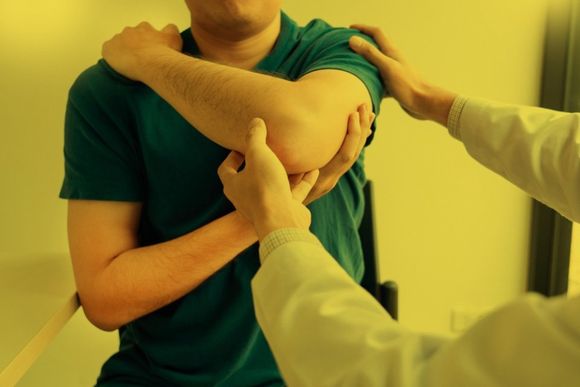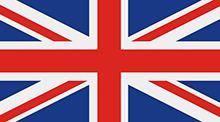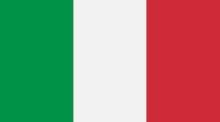PHYSIOTHERAPY

Slide title
Write your caption hereButton

Slide title
Write your caption hereButton
A Bit of History
-
Read more
The documented origins of modern physiotherapy, as we understand it today, date back to the Swedish Pehr Henrik Ling, the father of "Swedish gymnastics," who founded the "Royal Central Institute of Gymnastics" (RCIG) in 1813 for massage, manipulations, and exercises. In 1887, physiotherapists achieved official registration with the National Swedish Council for Health and Welfare.
Soon, physiotherapy was recognised in other countries: in 1894, the "Chartered Society of Physiotherapy" was established in Great Britain, in 1913 the "School of Physiotherapy" was founded at the University of Otago in New Zealand, and in 1914 "Reed College" in the United States opened in Portland. In March 1921, the first research work on "PT Review" was published in the United States. The Physical Therapy Association (now the "American Physical Therapy Association") was established by Mary McMillan.
During the 1940s, treatments primarily consisted of exercises, massages, and traction. Manipulative procedures for the spine and extremity joints began to be practised, particularly in Commonwealth countries, during the early 1950s. Since then, the activities of physiotherapists began to extend beyond strictly hospital settings, spreading to orthopaedic centres, schools, geriatric facilities, and rehabilitation centres.
Location
Opening hours
- Mon - Fri
- -
- Saturday
- -
- Sunday
- Closed
Saturday by appointment








